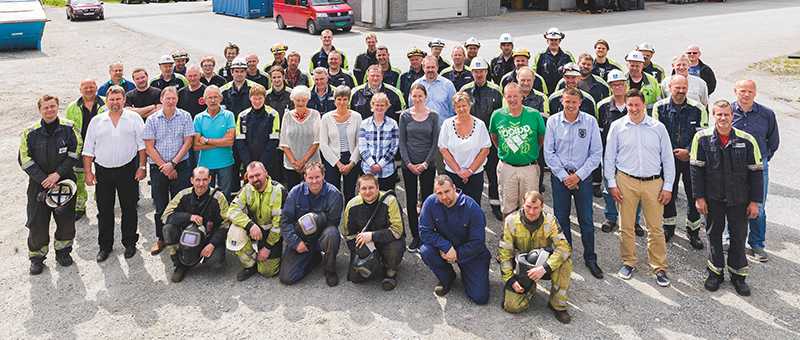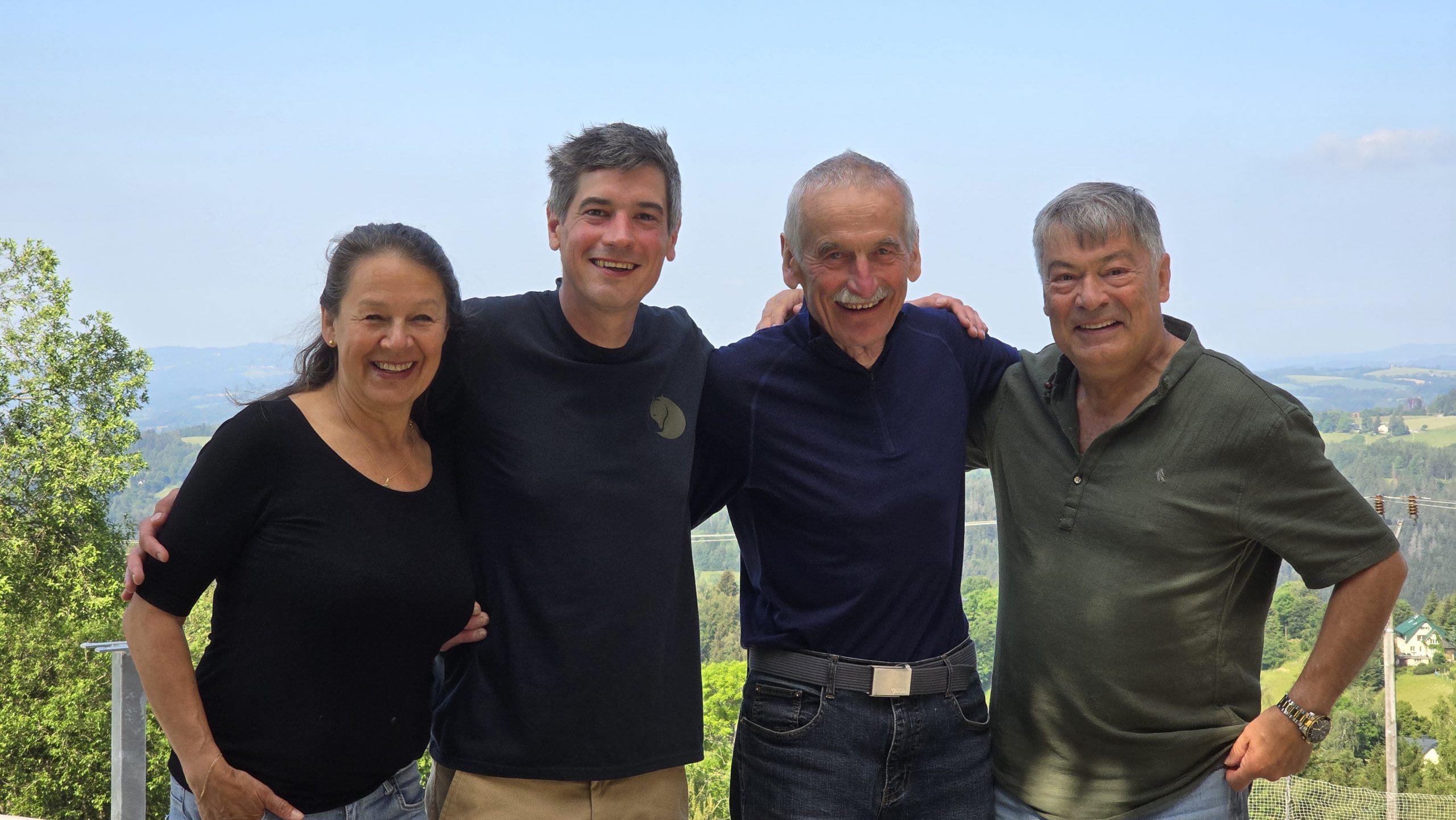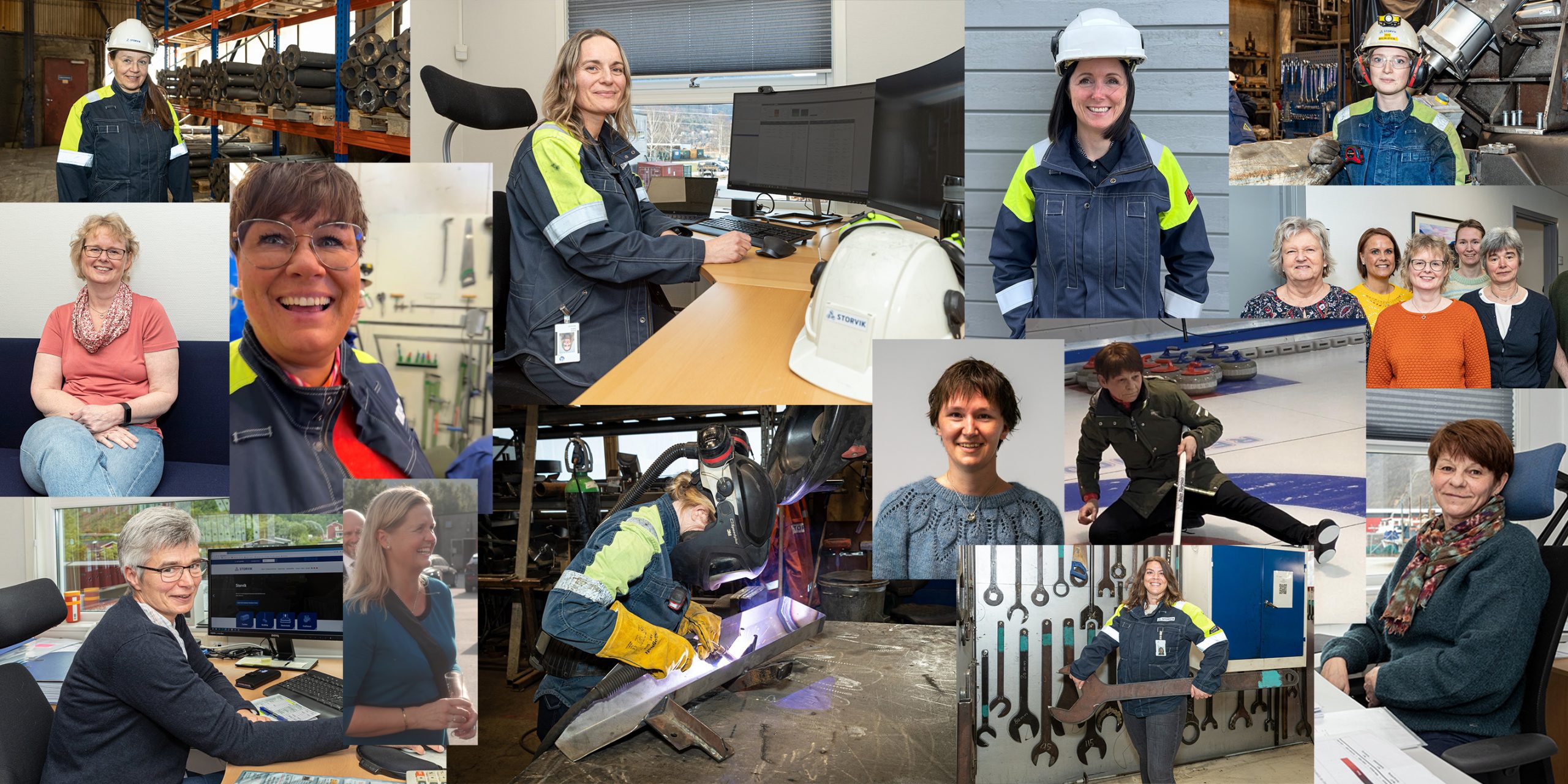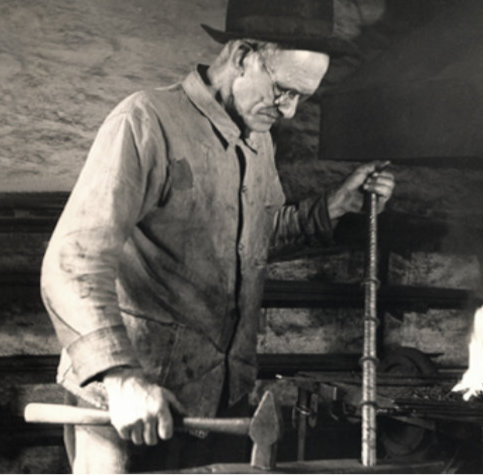
From a small smithy to international big business
The story of Storvik is about entrepreneurship, creativity and viability for over 100 years. Storvik has been a big part of the development of Sunndal as an industrial centre, and it has been argued that developments in Sunndal in many ways illustrate the modernization of Norwegian society through the 1900s. Storvik has over the years expanded in various areas. From local acquisitions to international agreements and commitments which have helped to strengthen the company.
It all started with Nils Storvik. His father was a blacksmith and it was therefore natural that he went to Holmøy work school in Hornindal in Sogn og Fjordane to learn how to be a blacksmith. He quickly proved himself to be very talented and when he graduated, he was offered a job as a teacher. The idea was that he would take over the farm and smithy in Storvikan, but in 1909 he married Brit Sande and became a farmer at Sande in Sunndal. In 1913 he built a small smithy that he operated in addition to the farm. He mainly produced tools for agriculture, but Nils also demonstrated that he had a knack for finer blacksmith’s art and was therefore entrusted with the task of making locks to Sunndal Sparebank.
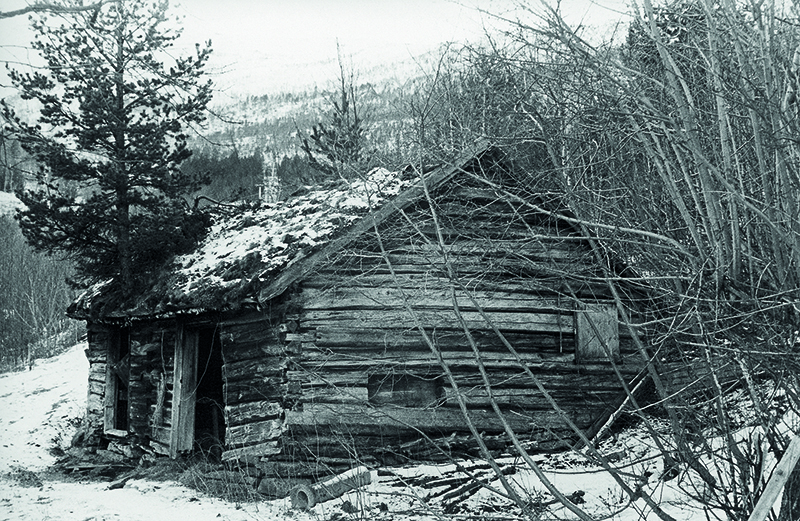
During the 1900s the national car fleet started growing, and a need for a blacksmith to repair suspension spring rapidly arose. Nils excelled quickly as one of the best in this field and earned a reputation for being the best suspension spring repairman in the district. Eventually the rumours spread and he became known across most of Central Norway as the suspension spring specialist.
Eventually his son, Endre Sande, took over the smithy. The projects in the smithy continued to increase, creating a need for more hands and a more organized operation. Therefore, in 1952, Storvik Smieverksted was created. The operation was then moved to new premises in Øyagata.
As the asphalt made its entrance in the late 1960s, the need for repairs of suspension springs decreased. However, other types of assignments increased steadily in scope, particularly related to construction and other industrial areas. Especially important was a collaboration with Årdal og Sunndal verk (ÅSV), which started in March 1976. Storvik Smieverksted was commissioned to repair a furnace, and from there they continued to received bigger and more assignments. This growth led to more employees, and Storvik Smieverksted was converted into a limited company in 1978.
In 1978, at the age of 64, Endre started to plan for the future of the company. Here his brother’s sons, Nils Egil Sande and Nils L. Sande comes into the picture. Together with Halvard Halvorsen these three became shareholders with Endre. The three of them later took over the operation and there was a growing need for more skilled labourers after Storvik Smieverksted secured another major contract with ÅSV. The solution was the takeover of an industrial plant at Rausand amongst others. This implied a change from the smithy business toward more mechanically oriented business; it was then natural to change its name to Storvik Steel AS.
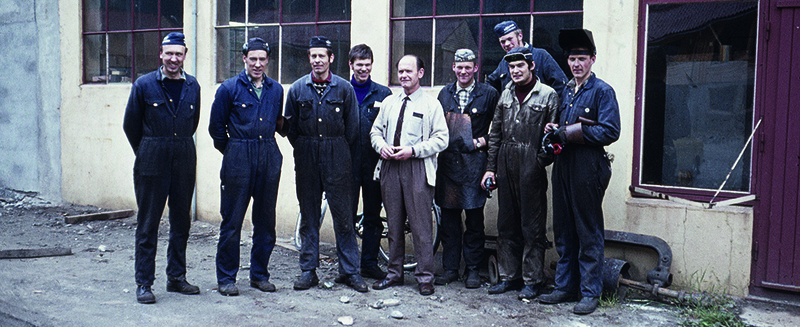
Storvik Steel AS started a close collaboration with Akvaforsk and in 1985 Aqua Products AS (Aquaprodukter AS) established. Together they developed facilities for the rapidly growing aquaculture industry. This was an unconditional success and earned Storvik a leg to stand on outside the aluminium industry. Later, Aqvaprodukter merged with Storvik. Around the same time Storvik developed strong alliances with various Czechoslovakian enterprises, which should prove particularly important after the fall of the Iron Curtain in 1989. This gave Storvik the ability to produce high quality products and a low cost in Czechoslovakia, for distribution in Norway and other countries. In 1995 Storvik created its first subsidiary in the Czech Republic.
Storvik Steel AS merged with Altek and AWS (Aura Watts) in the mid-1990s, meaning that with their combined knowledge all three companies stood stronger in the competition for new contracts, both nationally and internationally. The three companies were now operating under the name Storvik AS, with a broader scientific basis, and the firm now had specialized departments in mechanical, electrical, project and engineering.
When Hydro Aluminium (previously ÅSV) decided to expand their operations, Storvik quickly put their hand up to compete for this contract. Hydro Aluminium were initially concerned that a local company could not handle such a large project. Thanks to the merger and the network in the Czech Republic, Storvik was not only able to secure the contract; the job was completed without problems. Storvik had thereby taken a quantum leap and was now ready to do business with the rest of the aluminium industry worldwide.
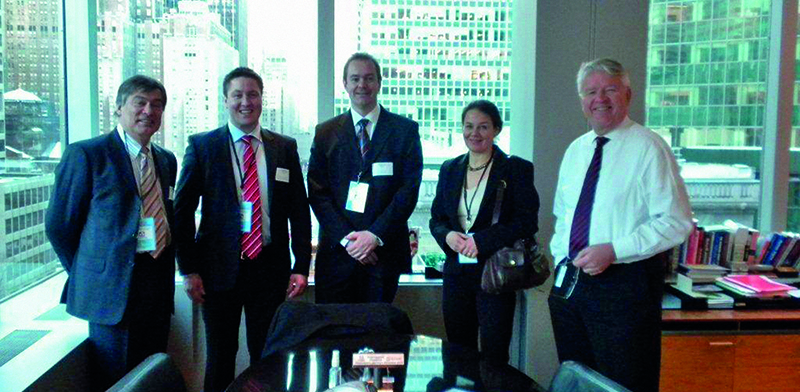
The internationalization process took Storvik to Russia, and with several successful contracts under their belt, Storvik established subsidiaries in Russia. Since then Storvik also established subsidiaries in Iceland and they got a major contract in Qatar. From there, the internationalization process underwent rapid progress. In 2008 the company had sales of 138 million NOK, where almost 70% of this turnover came from Sunndal Verk, and international shipments accounted for 5%. Just four years later, in 2012, less than 25% of revenue came from Hydro Aluminium Sunndal, while nearly 50% of sales came from abroad. In 2015, sales were up to 190 million NOK. Storvik currently has long-term contracts with companies in Qatar, Spain, Iceland, USA, Canada, Russia and Sweden. In addition, Storvik holds a stake in several other international companies.
